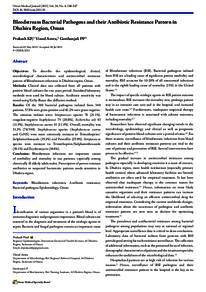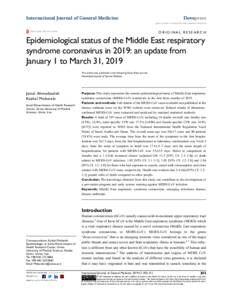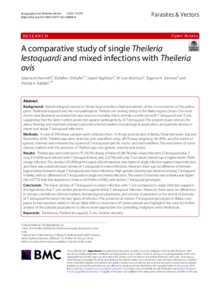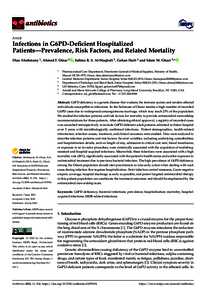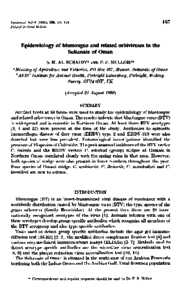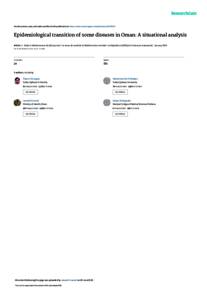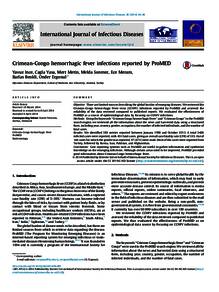Document
Bloodstream bacterial pathogens and their antibiotic resistance pattern in Dhahira Region, Oman.
Identifier
DOI 10. 5001/omj.2011.59
Contributors
Arora, Vinod K., Author
Geethanjali, P. P., Author
Publisher
Oman Medical Specialty Board.
Gregorian
2011-07
Language
English
Subject
English abstract
Objectives: To describe the epidemiological, clinical, microbiological characteristics and antimicrobial resistance pattern of Bloodstream infections in Dhahira region, Oman.
Methods: Clinical data was collected from all patients with positive blood cultures for two years period. Standard laboratory methods were used for blood culture. Antibiotic sensitivity was tested using Kirby-Bauer disc diffusion method.
Results: Of the 360 bacterial pathogens isolated from 348 patients, 57.8% were gram-positive and 42.2% were gram-negative. The common isolates were: Streptococcus species 76 (21.1%), coagulase-negative Staphylococci 75 (20.8%), Escherichia coli 43 (11.9%), Staphylococcus aureus 41 (11.4%). Overall, mortality was 21.3% (74/348). Staphylococcus species (Staphylococcus aureus and CoNS) were more commonly resistant to Trimethoprim/ Sulphamethoxazole (35.3%) and Penicillin (25.9%). Streptococcus species were resistant to Trimethoprim/Sulphamethoxazole (39.1%) and Erythromycin (19.6%).
Conclusion: Bloodstream infections are important causes of morbidity and mortality in our patients, especially among chronically ill elderly adult males. Prescription of proven resistant antibiotics to suspected bacteremic patients needs attention in Dhahira region.
Member of
Resource URL
Citation
Prakash, K.P,, Arora, Vinod K., & Geethanjali, P.P. (2011). Bloodstream bacterial pathogens and their antibiotic resistance pattern in Dhahira Region, Oman. Oman Medical Journal, 26 (4), 240-247.
Category
Journal articles

